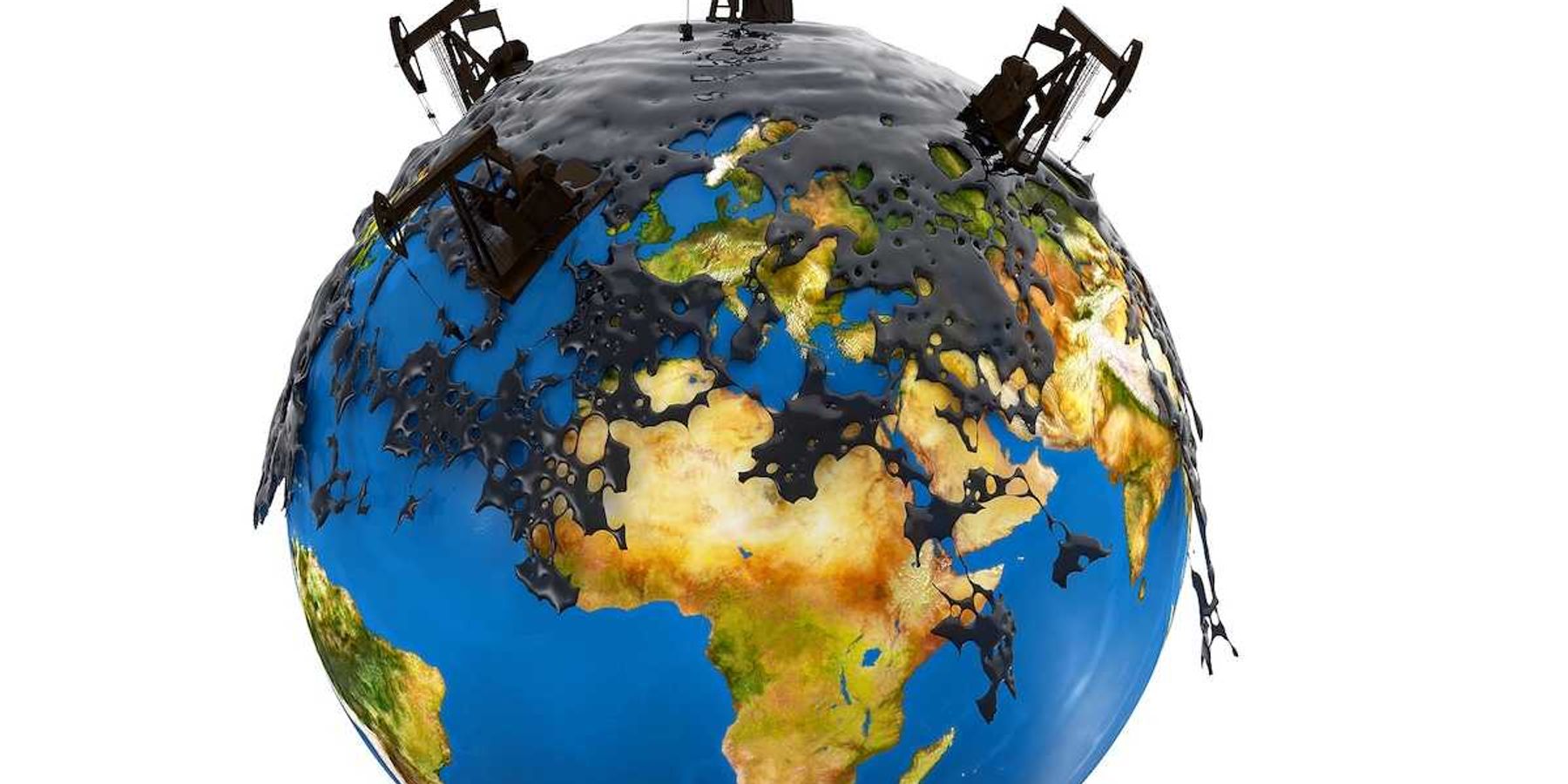fire
A pipeline explosion in Texas causes evacuation and damages homes
A pipeline fire ignited after a vehicle struck a valve near Houston, prompting investigations and an evacuation of nearly 1,000 homes.
In short:
- A vehicle crashed into a pipeline valve near Houston, causing an explosion and a massive fire that burned for over 12 hours.
- Nearby homes caught fire due to intense heat, and authorities evacuated 1,000 households while firefighters attempted to contain the flames.
- Air monitoring detected no immediate health risks, though the fire released soot and particulate matter into the environment.
Key quote:
“A lot of the house structures that are adjacent to that are still catching on fire even though we’re putting a lot of water on them.”
— Jerry Mouton Jr., Mayor of Deer Park.
Why this matters:
Pipeline explosions in Houston’s petrochemical region are common, raising concerns about the safety of the infrastructure and its impact on nearby communities and the environment. Residents must grapple with repeated disruptions and potential long-term risks.
Related EHN coverage:
The Maui fires may cause long-term health problems
Wildfire survivors in Maui face increasing health problems, with preliminary research showing rising cases of respiratory issues, mental health struggles and exposure to heavy metals.
In short:
- Early findings from the Maui Wildfire Exposure Study show many survivors experiencing declining health, including respiratory issues and anxiety.
- Researchers have found a potential link between heavy metal exposure, particularly arsenic, and respiratory problems among participants.
- Many survivors face housing insecurity, financial pressure and difficulties accessing medical care, worsening their overall well-being.
Key quote:
“It’s exactly what we had feared and expected.”
— Pedro Haro, executive director of the American Lung Association in Hawaii
Why this matters:
The long-term health effects of the Maui fires could be similar to those experienced by survivors of the 9/11 attacks, necessitating increased medical support. Understanding these health impacts is crucial as climate change increases the frequency and intensity of wildfires globally.
Fire threatens natural regeneration of giant sequoias
Severe megafires in 2020 and 2021 have significantly harmed sequoia groves in California, hindering their ability to regenerate naturally, two new studies reveal.
In short:
- Studies found drastically low seedling densities in groves burned by recent megafires, threatening natural regeneration.
- Researchers observed that high-severity fires kill seeds and mature trees, making long-term recovery unlikely without intervention.
- Sequoias store substantial carbon, helping combat climate change, but they struggle to adapt to new climate conditions.
Key quote:
“Our data suggest that sequoia grove areas that were severely impacted by the fires may not have enough reproduction to replace the sequoias lost.”
— David Soderberg, lead author and Ph.D. ecologist at USGS Western Research Center
Why this matters:
Giant sequoias, essential for carbon storage and climate mitigation, are at risk due to increasingly severe wildfires. Without intervention, these iconic trees may not recover, impacting biodiversity and climate resilience.
Lahaina's wildfire aftermath reveals unexpected low toxicity levels
The fierce heat of the Lahaina wildfire may have played a pivotal role in diminishing the presence of toxic contaminants typically associated with such disasters.
In short:
- Renee Takesue's research shows early signs that the intense heat of Lahaina's wildfire may have neutralized many harmful chemicals.
- Investigations continue as Takesue samples soil and water across 38 sites to gauge environmental impacts and guide recovery.
- State officials have declared coastal waters safe for recreation, citing minimal contamination from the fire.
Key quote:
“What happens is that the chemicals either totally volatilize and get transported through the atmosphere or they get destroyed because the temperature is so high.”
— Renee Takesue, USGS scientist
Why this matters:
While these fires have left behind charred landscapes and displaced communities, they have also catalyzed the breakdown of certain pollutants present in the environment.
Related: As western wildfires become bigger and more intense, state and federal fire agencies are using more and more aerial fire retardant, prompting concerns over fish kills, aquatic life, and water quality.
Heat and wildfire smoke are even more harmful when combined, a study says
Climate change, drought, wildfires reduce value of private forestland in the West by billions
Maryland researchers invented two new apples to withstand climate change
University of Maryland researcher Chris Walsh had an ambitious goal: develop apples that were heat-tolerant but also fire blight-resistant, and on trees short enough to be easily pruned or harvested from the ground.









